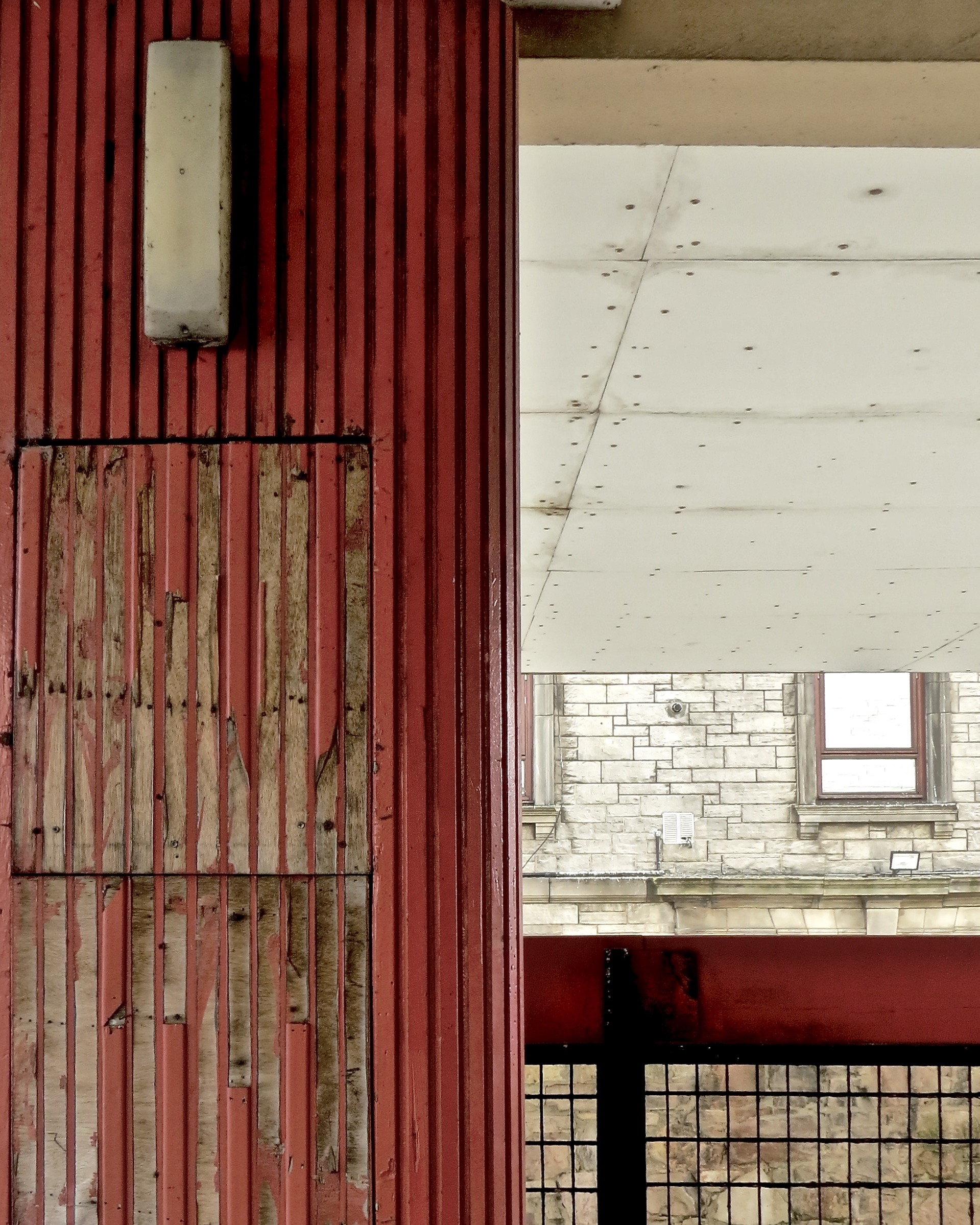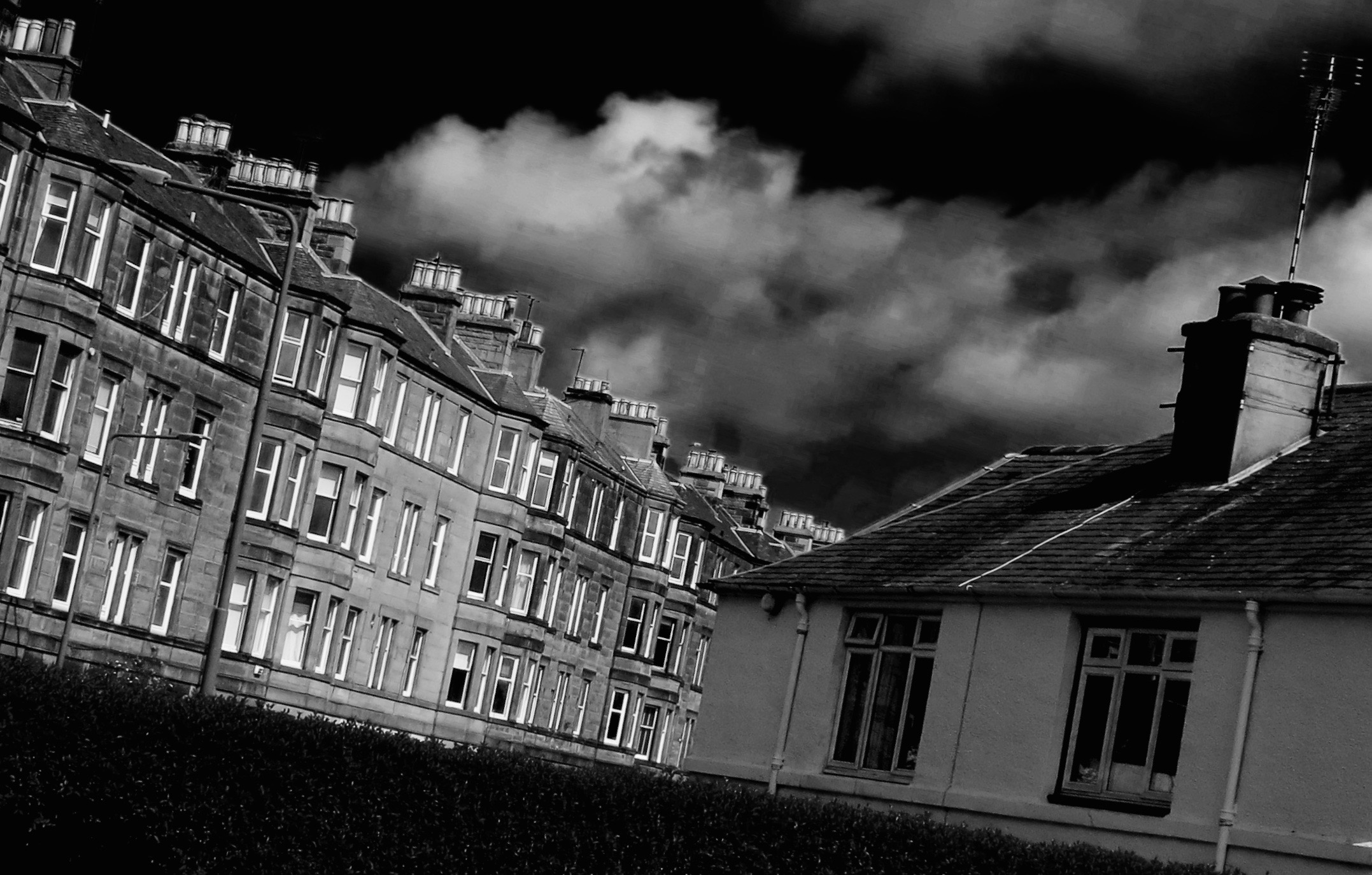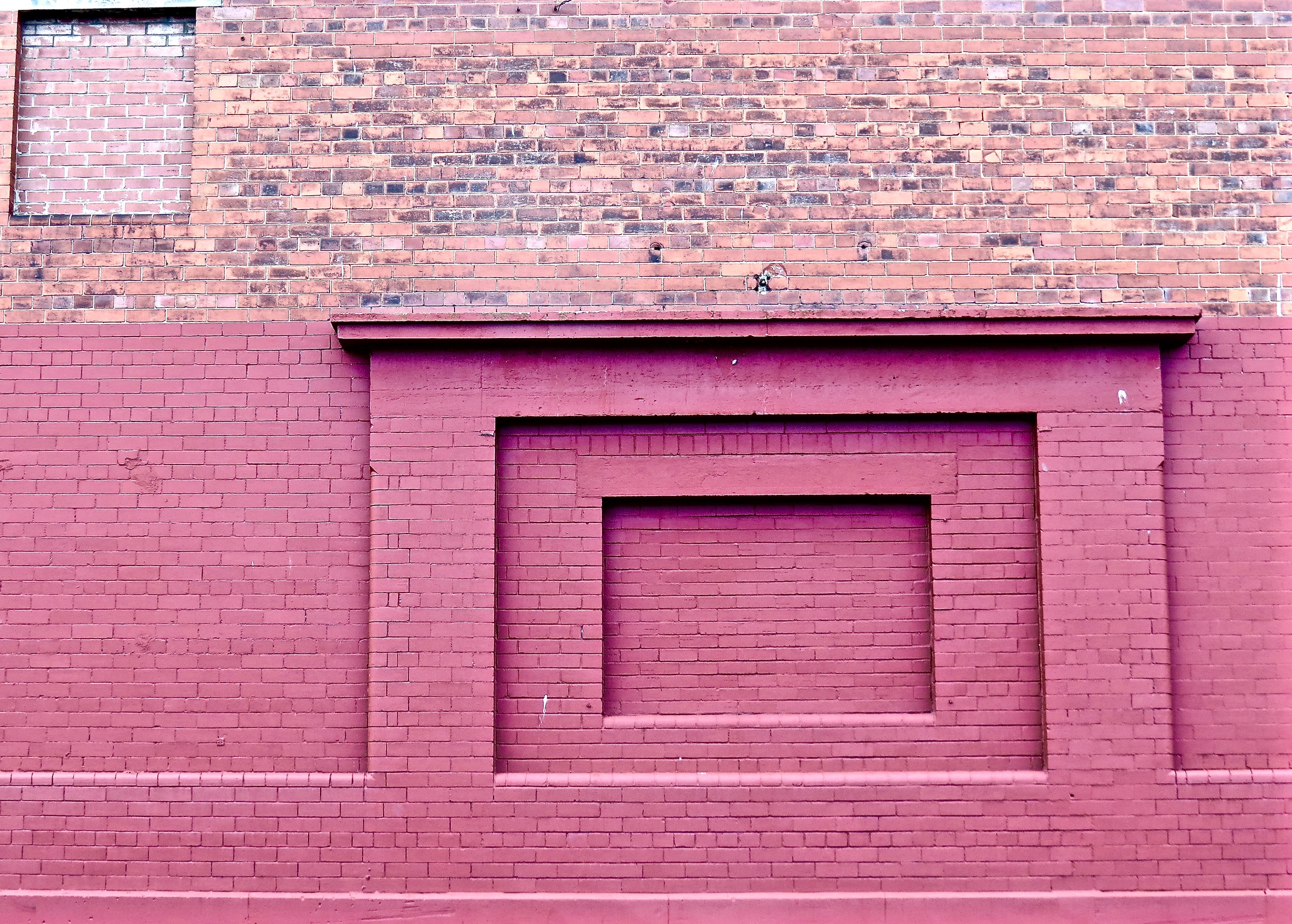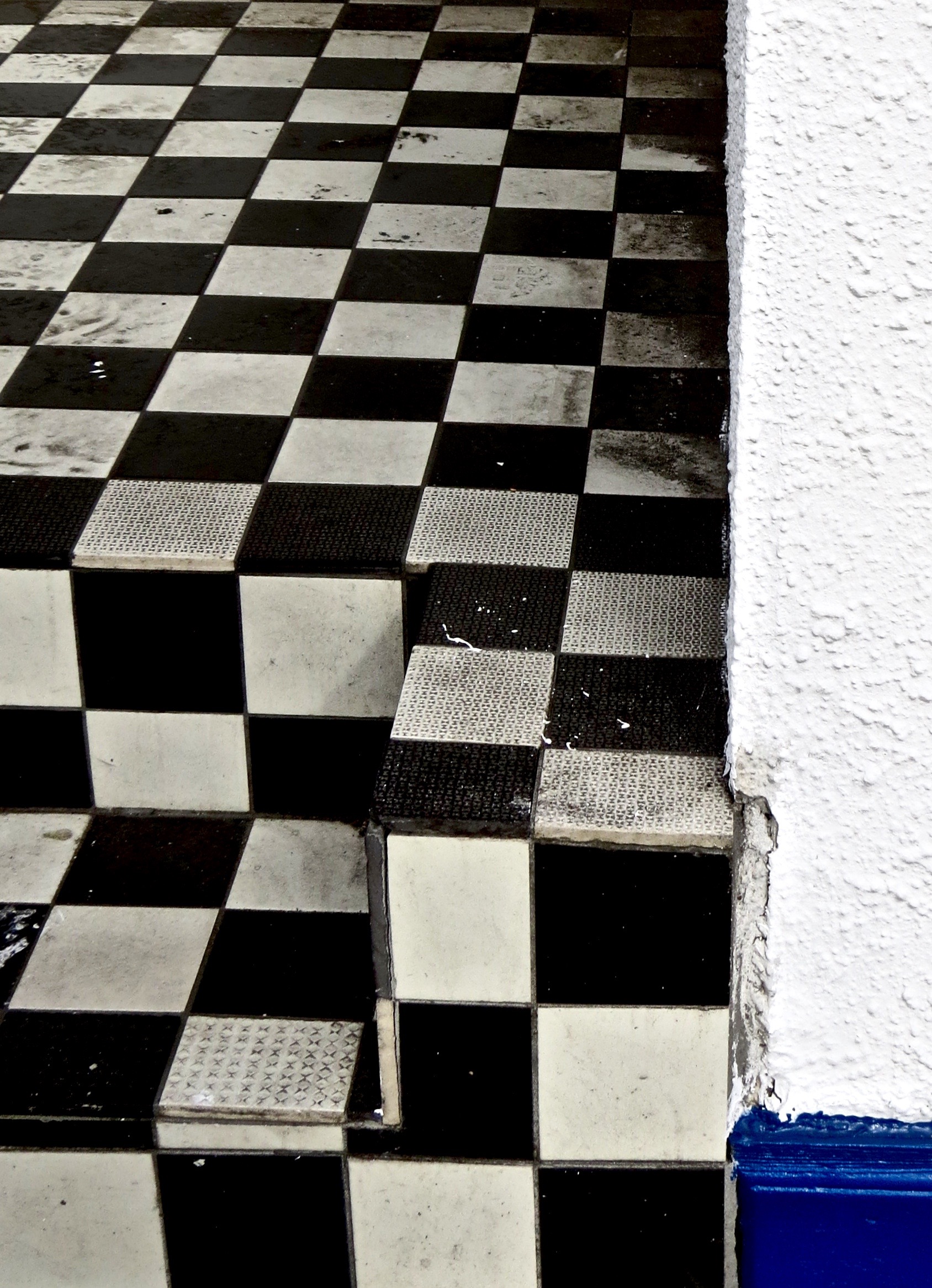In Italo Calvino's Invisible Cities, explorer Marco Polo regales Kublai Khan with tales of the mysterious and perhaps fabulous places he encounters on his travels throughout Khan's vast empire.
It becomes clear, however, that the cities he describes are all fragmentary glimpses of just one place: Polo's home town of Venice.
As a technique for explicating the multiple layers, forms and possibilities of place, it is highly successful. While more obviously applicable to great cities, it is an idea that has wider application.
Bellevue is, for me, a locale that, while of limited size, is highly receptive to this treatment. This is a neighbourhood of changeable moods, shifting textures and manifold potentials that mirror the subtle and multi-layered intricacies of much larger urban areas.
To experience this area on foot is to apprehend a fluidity responsive to changeable humours. Local streetscapes respond to the individual, discreetly remoulding themselves to current inclinations. Particularly shaped by mood is a strange, secret fold tucked away at the back of Bellevue Terrace: Claremont Bank, an enclave of memory.
Suddenly, the city retreats, replaced by the looming vision of a lost suburban world in urbe. To arrive here is to be reacquainted with the aesthetics and sounds of things you thought had long been put away.
With uPVC battlements and driveways paved pink with embarrassment, this territory feels light years from its neighbours. It contains, I suspect, younger versions of many of us. For a moment, Calvino's labile mists of memory disperse, permitting a temporary clarity: my 1980s, although spent far away, can be reconjured on local terrain.
This is not a street on which I linger often, but sometimes I cannot help but be drawn into its myriad connotations.

Neighbouring East Claremont Street is a street for all seasons. A New Town outpost at its western end, it becomes, as you journey eastwards, a bohemian colony. Following a minor military interjection, delightful Georgian encore, and Brutalist interlude, we briefly reacquaint ourselves with suburbia before arriving, so very late, at the school gates.
East Claremont Street is the Seven Ages of Man: the infant and whining schoolboy at the eastern end, yielding, eventually, to the lean and slipper'd pantaloon and eventual oblivion at its western close. Nietzsche's eternal return will be refuted here.
Travel south for three days, and you enter biblical territory: the ancient battleground of Bellevue Road. This is an Old Testament street of warring sides and opposing worldviews. With towering tenements facing down suburban minions, it's David and Goliath rebooted. The bourgeois Philistines, fuelled by Tesco Prosecco must, you feel, be confident of reversing their earlier setback.

Here, I mostly marvel at the confident solidity of tenements that give the impression of being both austere and louche. Yet, one's experience here, as elsewhere, is very much shaped by mood: on other occasions, when more distempered, I am drawn, less approvingly, but still somehow satisfied, by the rather ugly semi-detached homes of this jolie laide street.
Musical Annandale Street impresses with its varied timbres and tempos, with orchestral tantrum at the Leith end gradually yielding, through the efforts of its Georgian defences, to post-performance quietude in the distant reaches of West Annandale.
The street's Georgian remnants, populated, it is said, by a lost tribe of ragged trousered eastern New Towners, function primarily as audio rampart to repel the tuneless scourge of Haddington Place. As you move north of here, you soon notice, with relief, how pianissimo has taken command. Like a baby calmed by a pleasant stroll in the park, the street moves from scream to sotto voce.
Lonely Green Street, hidden in plain sight, is Bellevue's apotheosis. In the evening, a low western sun communes with the crimson longueur of the bus depot to infuse the scene with a sense of tranquil desolation. This most elemental, indeed mystical, of local streets then elicits a strange response: an intuition, and perhaps acceptance, of the end of the world.

The McDonald Road border post constitues this neighbourhood's final good intention: a siren song of a street that does not aim to lure you to your death, but warns that to travel any further east is to encounter jagged rocks and haggard wrecks.
To be human is to hold multiple, often conflicting, values. Like us, Bellevue is ludic, foolish, thoughful, sad, enigmatic, brutal and beautiful. It is best understood not as inner city zone, but as a walkable model of the complex chiaroscuro and concealed motives of the human psyche.
Bellevue is many things, far more than I have discussed. You may, however, not always like what you find here.
Tread carefully. — David Hill

---------------------
 NewTownCleanStreets @NTCleanStreets
NewTownCleanStreets @NTCleanStreets
@theSpurtle this has to be the @NewTownFlaneur, no? A masterpiece, in any case.
My manor.
And i love the photographs!
Viz.
https://flic.kr/p/o7hGkD
 Rebecca Bridgland Claremont Court needs some love - Basil Spence building, listed by Historic Scotland, a wonderful place to live.
Rebecca Bridgland Claremont Court needs some love - Basil Spence building, listed by Historic Scotland, a wonderful place to live.
@theSpurtle Correction: Lidl prosecco

